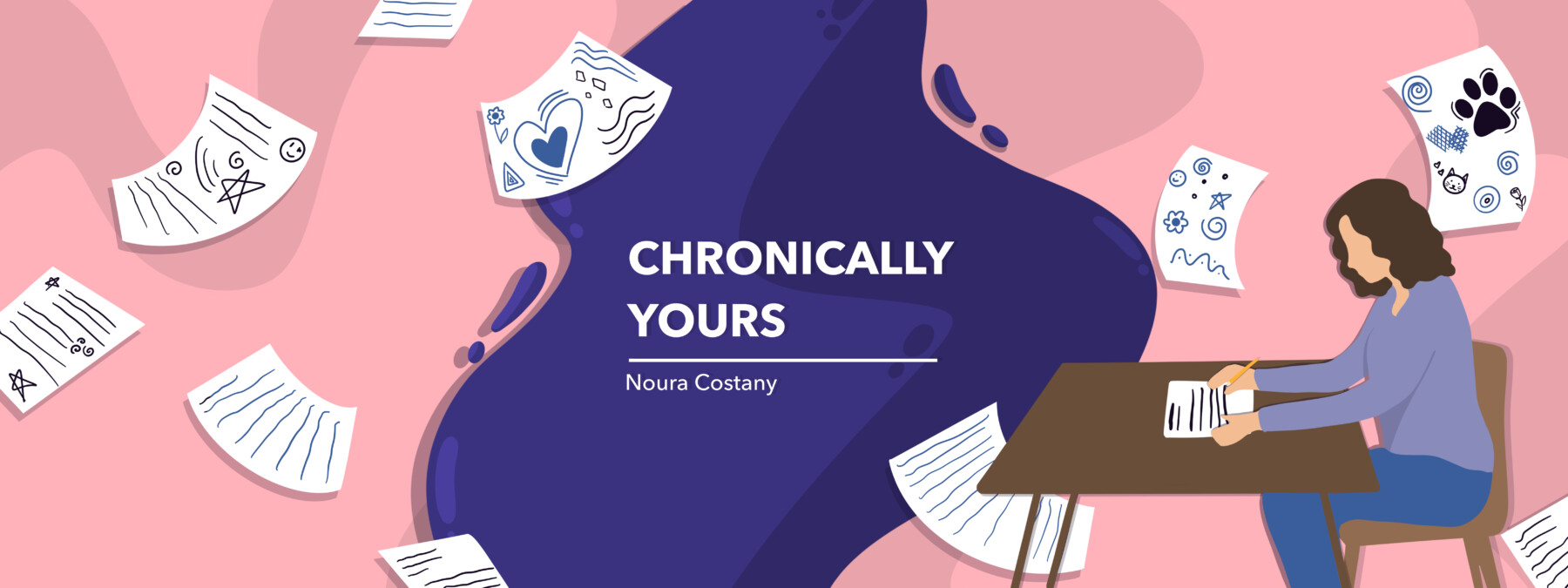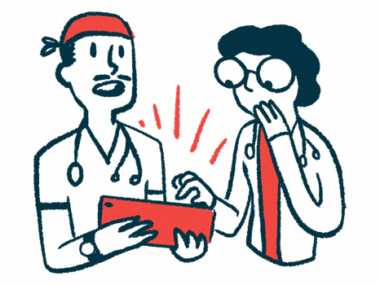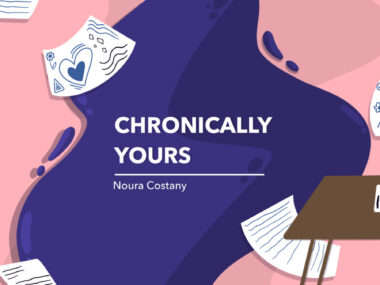How I handle a fainting spell as someone with Cushing’s disease
When nausea and dizziness strike, here's what I do
Written by |

I never knew that Cushing’s disease could lead to fainting — until it happened to me.
Fainting can be an incredibly overwhelming experience. For me, it starts in the stomach. I’ll feel awfully nauseous, like my stomach is flipping and turning. Then the dizziness hits, and all the sounds and lights around me will feel about a thousand times more intense.
Usually, right about then, I’ll close my eyes and my entire body will start to tingle. The last thing that’ll happen before I faint is that talking will seem impossible. My words will be jumbled, and responding will become too difficult. And then, bam — I’ll be out like a light.
I’ve fainted in the past when my cortisol levels dipped, which is one of the reasons I now use a wheelchair. But for some reason, it’s been happening more frequently lately, especially during extreme weather, long days, and having blood work done. Thankfully, I’ve learned several tips from my amazing blood work team that help me prevent a fainting spell.
What I do
As soon as I feel nauseous, which is my first symptom, I’ll begin my fainting routine. One of the biggest mistakes I made when this first started happening was that I’d wait until I was tingling to do anything, and by then, it was too late.
The first thing I’ll do is apply ice to the back of my neck. If I’m at home, I’ll use one of my ice compresses. But if I’m in public, I’ll ask a dining establishment for ice wrapped in a napkin. Then I’ll place it at the top of my neck, near my hairline.
The next step depends on where I am. If I’m able to lie down, I’ll do so. However, if I’m out and about and there’s not a place to rest, I’ll step outside, as the cold air helps to wake me up.
After that, I’ll add some sugar to either warm water or warm tea to help me feel more alert. (In a pinch, juice is fine, too.) If I’m still not feeling any better at that point, I’ll splash some water onto my face or ask someone else to do it, as it usually jolts my system awake. Sugary foods like cookies are also helpful if I can stomach them.
After I start to feel OK, I’ll lie down and take a nap, making sure to drink lots of water. If I feel well enough, I’ll put on warm pajamas and cozy socks, turn on a trashy television show, and climb onto the couch before napping. But if I’m still feeling crappy, I’ll go to bed in a dark room, wrap myself in multiple blankets, and play rain sounds on my phone.
The most important steps are taking it easy and drinking liquids. If you also struggle with fainting, don’t make the same mistake I did of thinking I was in the clear once the fainting feelings had passed. Take care of yourself, because your body needs rest.
You can also follow my journey on TikTok and YouTube.
Note: Cushing’s Disease News is strictly a news and information website about the disease. It does not provide medical advice, diagnosis, or treatment. This content is not intended to be a substitute for professional medical advice, diagnosis, or treatment. Always seek the advice of your physician or other qualified health provider with any questions you may have regarding a medical condition. Never disregard professional medical advice or delay in seeking it because of something you have read on this website. The opinions expressed in this column are not those of Cushing’s Disease News or its parent company, Bionews, and are intended to spark discussion about issues pertaining to Cushing’s.







Leave a comment
Fill in the required fields to post. Your email address will not be published.